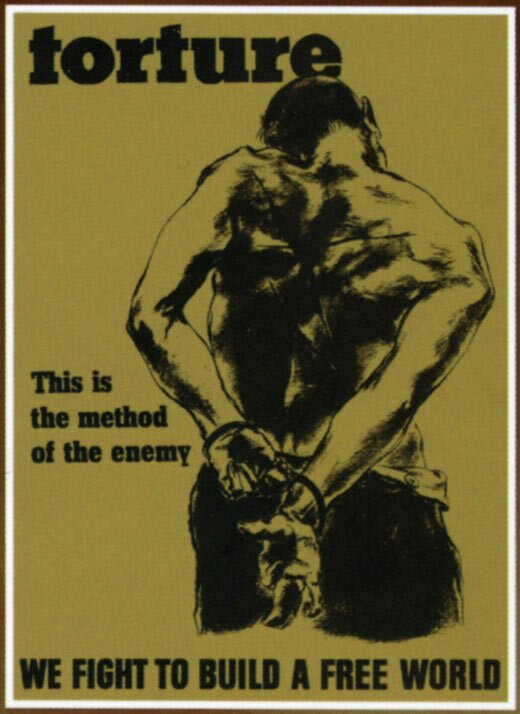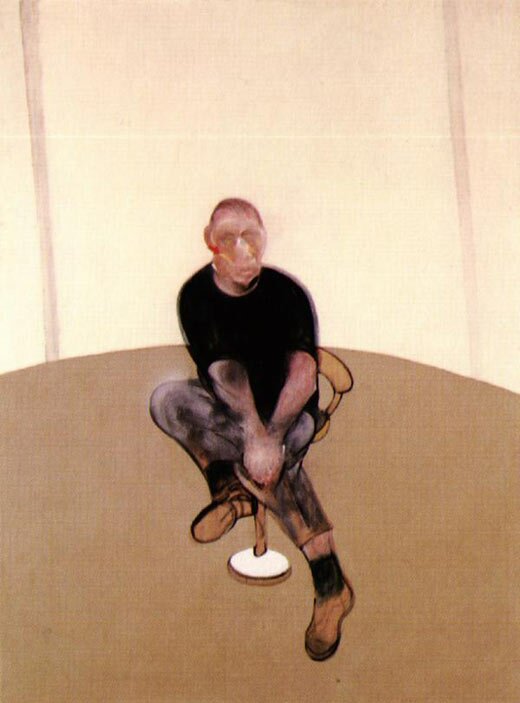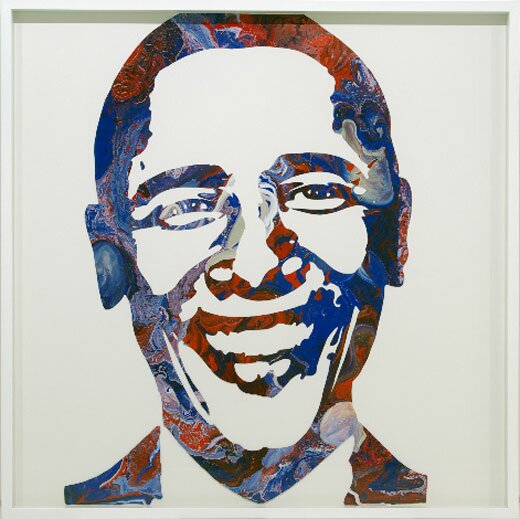I’m going to start spending some time here discussing the mutual influence between music and visual art. Despite the supposed openness of the visual art world, these connections are still overlooked by too many of us. I plan to flesh out this intersection quite a bit in the coming weeks.
In 1952 John Cage composed a controversial work that has now become canonical, although it still arouses a great deal of suspicion among those who are inclined to think that starting in the second half of the 20th century, art became one big put-on. This piece, titled 4′33″, consists of four minutes and thirty three seconds of silence (here’s a ). Unfortunately, many people associate John Cage so closely with 4′33″ that they don’t know of any of his other compositions. I think some of these people might be inclined to take it more seriously if they were aware that this piece is part of a long career of very sincere exploration. In many ways, this composition is much more accessible than a lot of more “appealing” art, in the sense that it doesn’t hide anything — the idea of the composition is right there on the surface.
But there is a bit of history to the work that belies its apparent simplicity. The idea came about as a result of Cage’s Zen Buddhist practice (he was an original board member of the Zen Mountain Monastery near Woodstock, New York). Cage’s first public discussion of the work comes in his 1948 book “A Composer’s Confessions”, where he says that he would like to “compose a piece of uninterrupted silence and sell it to the Muzak Co. It will be 4 [and a half] minutes long — these being the standard lengths of ‘canned’ music, and its title will be ‘Silent Prayer’. It will open with a single idea which I will attempt to make as seductive as the color and shape or fragrance of a flower. The ending will approach imperceptibly.” But it wasn’t until four years later that he actually realized 4′33″. What happened in those four years?

Robert Rauschenberg sits in front of his “White Paintings”
According to Cage, it was seeing Robert Rauschenberg’s “White Paintings” that finally convinced him he had to move forward with 4′33″. These paintings consist of a uniform layer of white paint on canvases. In the words of Cage, these paintings “were airports for shadows and for dust, but you could also say that they were mirrors of the air.” Similarly, Cage’s 4′33″ is an airport for sound; a hub of perception. He realized that the space of a gallery, or a performance hall, is a cathedral for perception. Why not use this space to create an opening for heightened perception of life, of the present moment in general? Rauschenberg and Cage turn the compartmentalization of these art spaces against themselves by making the invisible background noise of life the focus of our attention.
8 Comments »






